Air travel demand between the US and Germany has been steady for years, and the growth is expected to continue. The central European country is projected to significantly contribute to revenue growth in the industry, reaching $23.85 billion this year, according to Statista. Just like many other regions, Germany’s flight market has undoubtedly experienced increased demand for both domestic and international travel since the pandemic. The revenue forecast represents a positive shift compared to the market’s outlook this time last year.
Despite being consistent for the most part, it is typical for demand to ebb and flow. In fact, aviation data and analytics provider Cirium reported last August that Germany was anything but a grown market. Airline schedules revealed that seat capacity to and from the country in 2023 was still 20% below its pre-pandemic levels. Germany’s market is even smaller compared to 10 years ago, based on total scheduled seats.
Lufthansa on top
Nevertheless, demand to and from the US is still prevalent. Otherwise, airlines would offer no flights. Fort Worth, Texas-based American Airlines, Atlanta-based  Delta Air Lines, and Chicago-based
Delta Air Lines, and Chicago-based  United Airlines are the US-based carriers with service between the US and Munich. However, German carrier
United Airlines are the US-based carriers with service between the US and Munich. However, German carrier  Lufthansa understandably has an expansive network, serving destinations around the globe. The airline operates a fleet of narrowbodies and widebodies, but specifically utilizes larger aircraft on long-haul routes. Although Lufthansa has scheduled service to more than 15 US destinations, not all routes have daily frequencies.
Lufthansa understandably has an expansive network, serving destinations around the globe. The airline operates a fleet of narrowbodies and widebodies, but specifically utilizes larger aircraft on long-haul routes. Although Lufthansa has scheduled service to more than 15 US destinations, not all routes have daily frequencies.
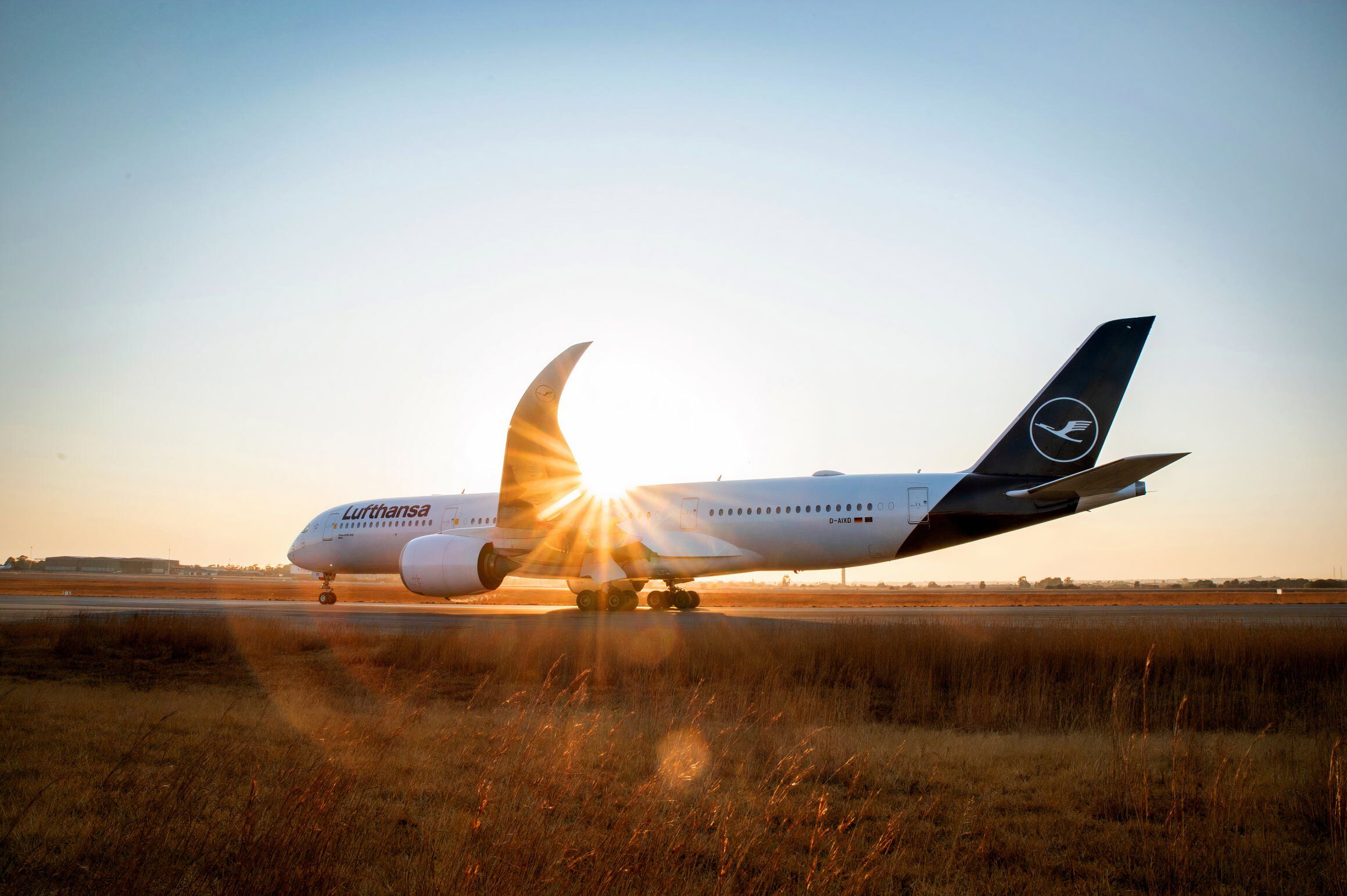
Photo: Lufthansa
From Munich Airport (MUC) specifically, Lufthansa will offer nonstop service to 12 US cities next month.
Boston Logan International Airport (BOS) Charlotte Douglas International Airport (CLT) Denver International Airport (DEN) Newark Liberty International Airport (EWR) Washington Dulles International Airport (IAD) John F. Kennedy International Airport (JFK) Los Angeles International Airport (LAX) Miami International Airport (MIA) Chicago O’Hare International Airport (ORD) San Diego International Airport (SAN) Seattle-Tacoma International Airport (SEA) San Francisco International Airport (SFO)
Three different versions of the A350-900
According to Cirium, the operation comprises a total of 236,550 seats across 682 flights, which is the most compared to the big three US Airlines. The MUC-ORD route will have the most frequencies next month. Lufthansa has 55 flights scheduled in each direction, totaling 110 flights. The carrier will use its Airbus A350-900 on the route, offering 29,520 seats. Service to CLT, EWR, LAX, and SFO will see daily frequencies in October. Between MUC and CLT, Lufthansa will also fly the A350-900, providing 9,483 seats in each direction, equalling 18,966 seats. The A350 will also be deployed to EWR, but it will provide 18,316 seats on the route. This is because Lufthansa has multiple cabin variations of the aircraft.
One version accommodates 293 passengers in a three-class format. In business class, there are 48 lie-flat seats, while 21 recliner seats comprise premium economy. The standard economy class has the remaining 224 seats. In addition to the 293-seat A350 configuration, Lufthansa also has a high-density layout, accommodating 318 passengers: 30 business class seats, 24 premium economy seats, and 241 economy seats. A third seating configuration is the newest, featuring Luftnansa’s Allegris premium cabin product. This layout accommodates 267 passengers in a four-class format with four first class seats, 38 business class seats, 24 in premium economy, and 201 in standard economy.
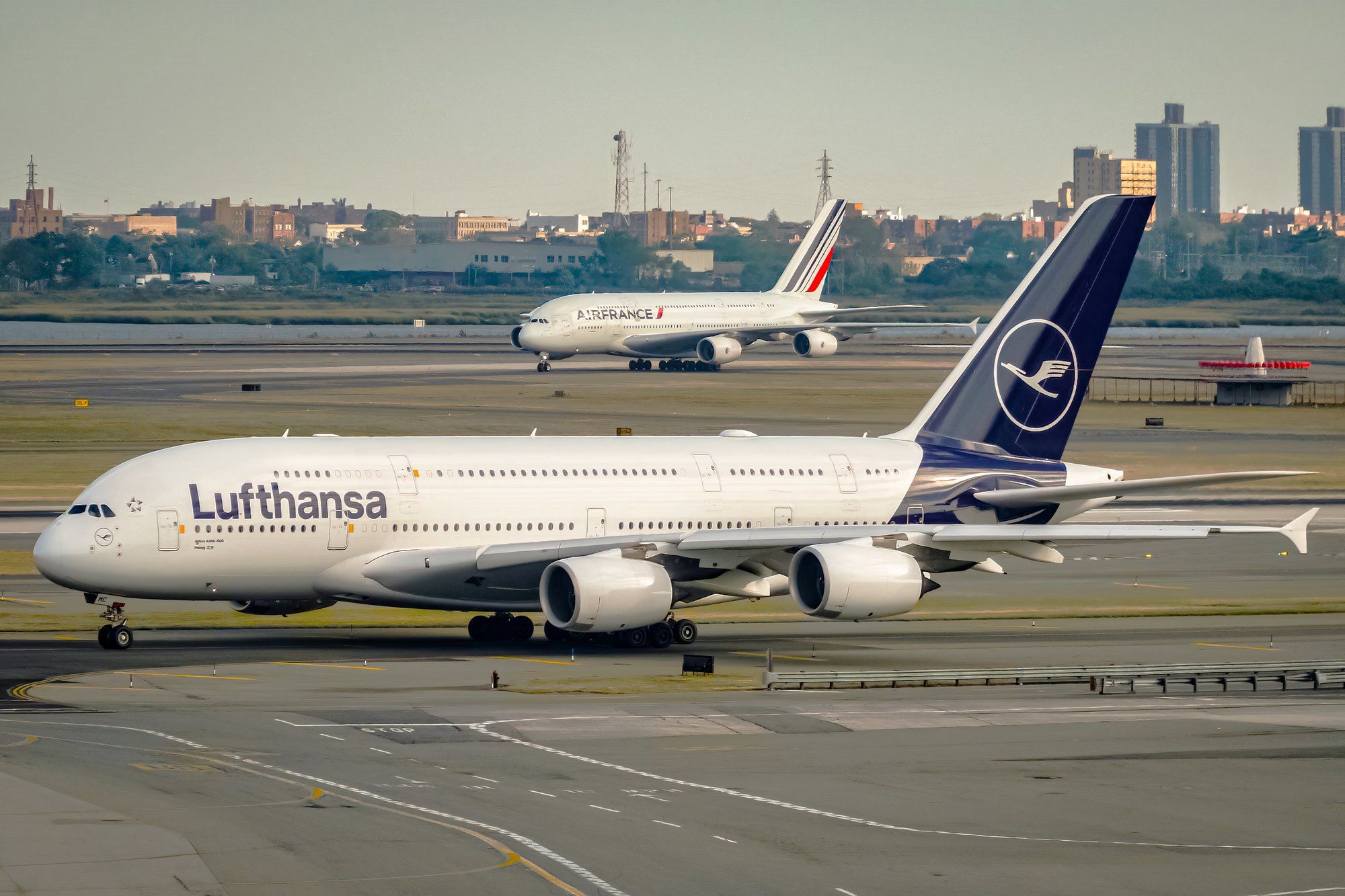
Photo: NYC Russ | Shutterstock
Although LAX has daily frequencies, its seat count is much larger, as the A380 is exclusively deployed on the route. Across a total of 62 flights, Lufthansa will offer 31,558 seats between MUC and LAX next month. The jumbo jet has eight first class lie-flat seats and 78 lie-flat seats in business class. Premium economy has 52 recliner seats, while the remaining 371 seats comprise the economy cabin.
Between MUC and SFO, Lufthansa operates the A350-900, offering 16,306 seats next month. The aircraft will also be deployed to DEN, SAN, MIA, and SEA. Lufthansa deploys both the A350 and A380 to BOS, IAD, and JFK.
American, Delta, & United’s operation
American only connects MUC with CLT, which is one of the carrier’s hubs. The airline operates the route daily on the Boeing 777-200ER. The aircraft accommodates a total of 273 passengers across three cabins. In Flagship Business, there are 37 lie-flat seats. Premium Economy has 24 large recliner seats, and the Main Cabin consists of the remaining 212 seats. 66 seats within the class are “Main Cabin Extra” seats, which have a few more inches of legroom. Next month, American will offer a total of 16,926 seats across 62 frequencies.
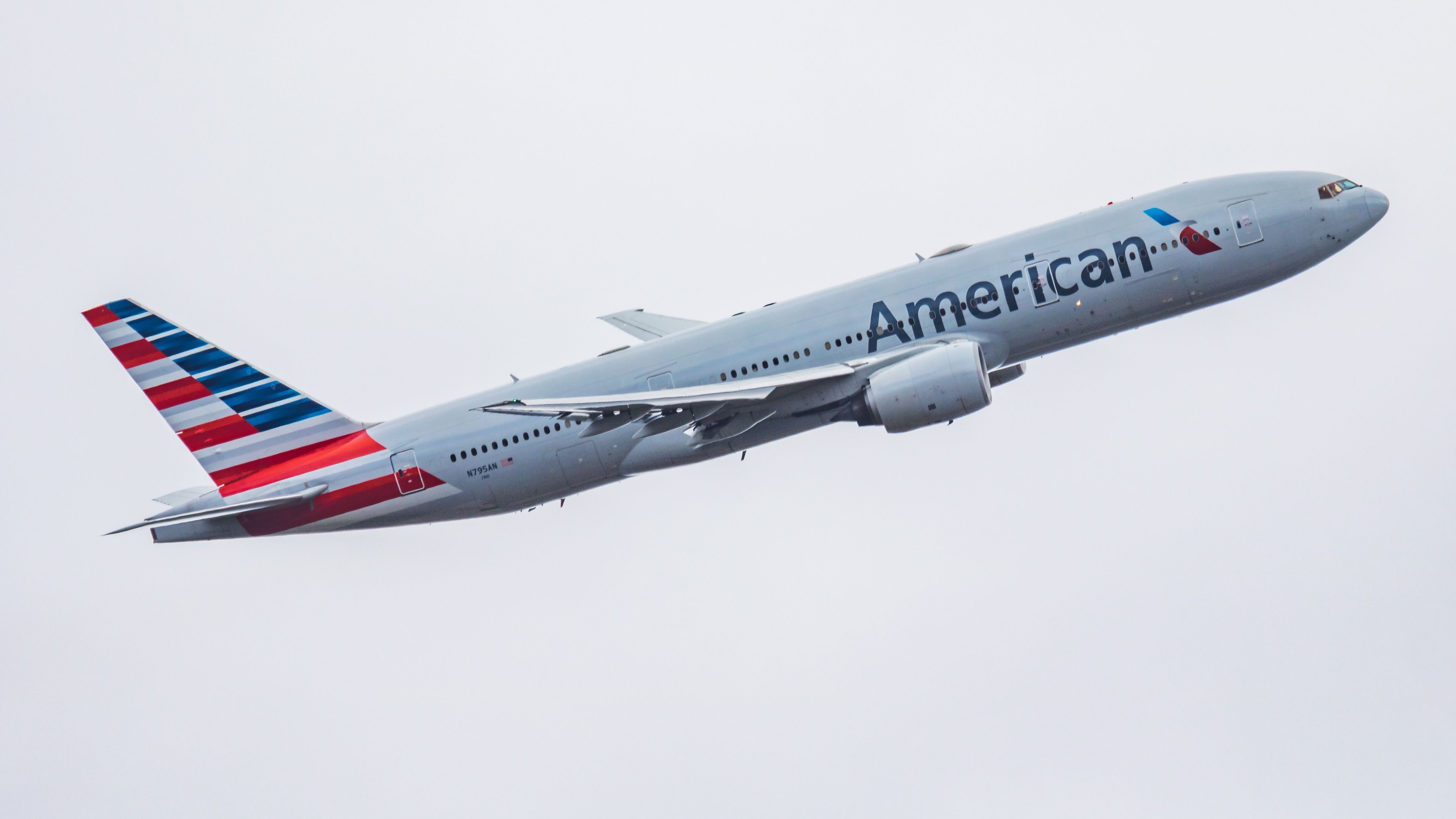
Photo: Soos Jozsef | Shutterstock
Delta competes with Lufthansa on the MUC-JFK route, but also connects MUC with its two other hubs at Hartsfield–Jackson Atlanta International Airport (ATL) and Detroit Metropolitan Wayne County Airport (DTW). In October, the carrier has 113 flights scheduled, offering 26,894 seats exclusively on the 767-400ER. MUC-ATL is the only route served daily, while MUC-JFK will have a total of 23 frequencies, and 28 flights are scheduled between MUC and DTW.
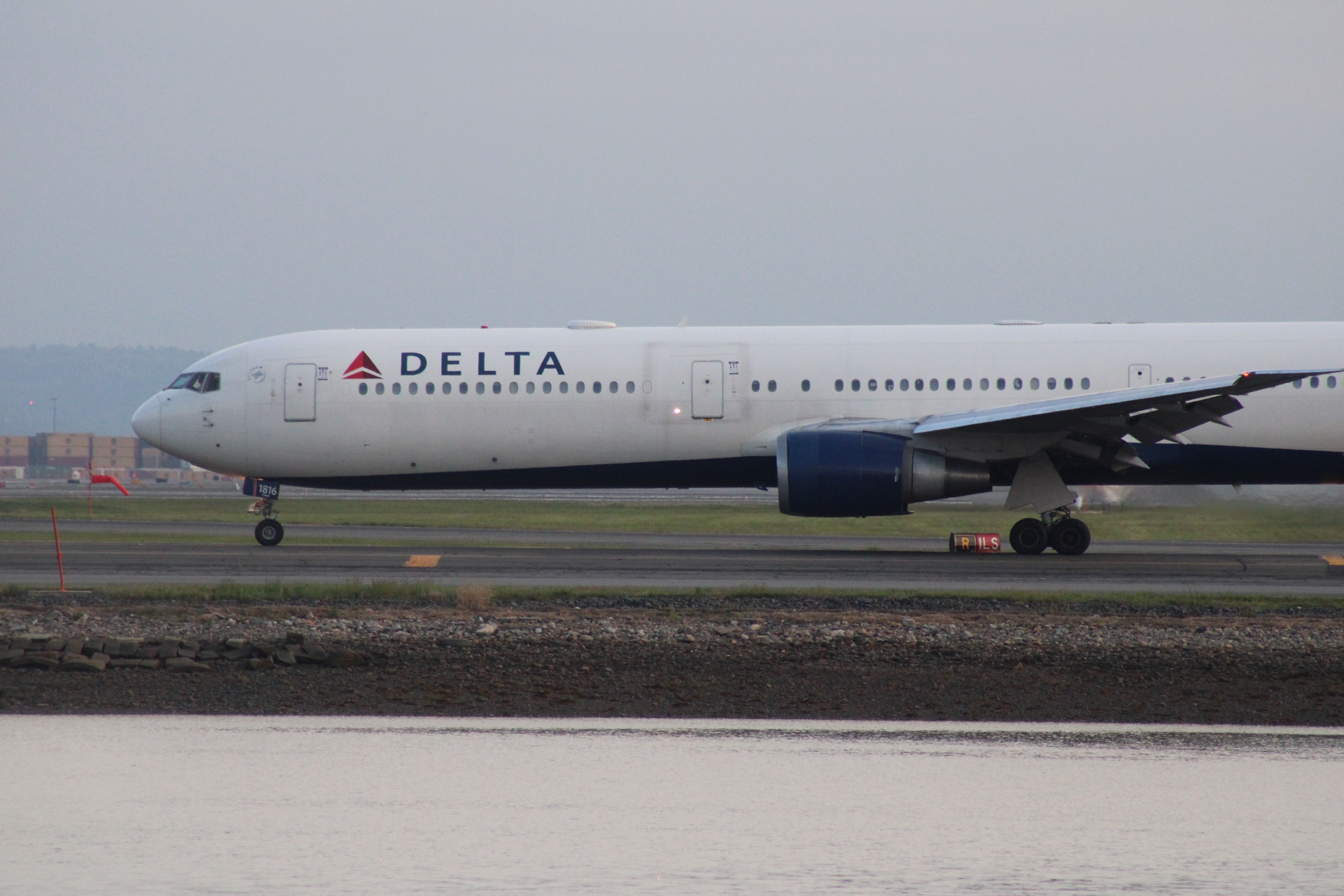
Photo: The Global Guy | Shutterstock
United’s operation between MUC and the US is the largest compared to its legacy counterparts. The airline connects MUC to its hubs at DEN, EWR, IAD, ORD, SFO, and George Bush Intercontinental Airport (IAH), offering the most competition to Lufthansa.
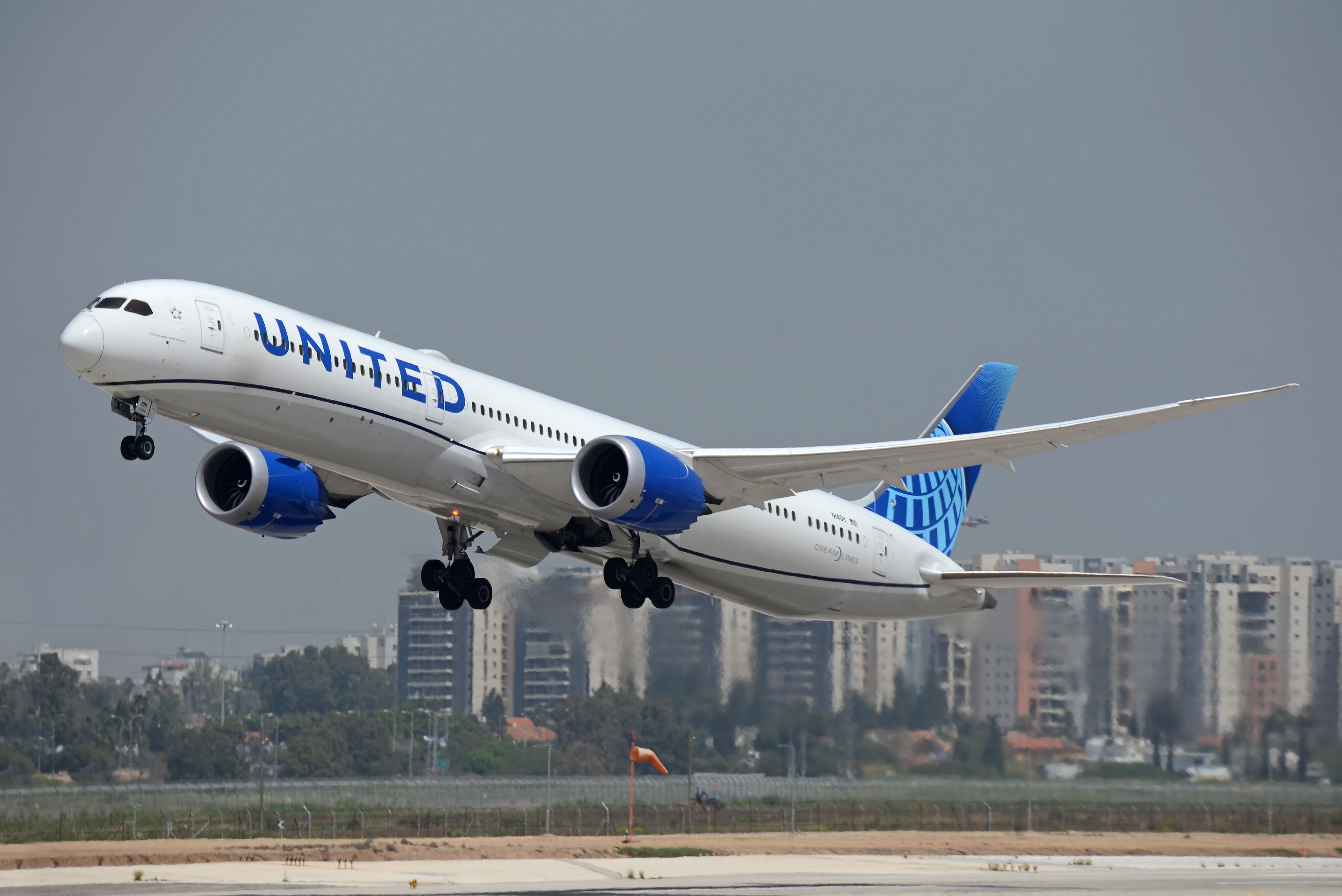
Photo: Felix Tchvertkin | Shutterstock
The carrier will utilize the 767-300ER, 767-400ER, 777-200ER, 787-9, and 787-10 Dreamliner on the routes, offering 88,180 seats across a total of 368 flights next month. DEN, IAD, ORD, EWR, and SFO all have daily frequencies scheduled. Flights between MUC and IAH will see 29 flights in each direction.
Copyright for syndicated content belongs to the linked Source link













